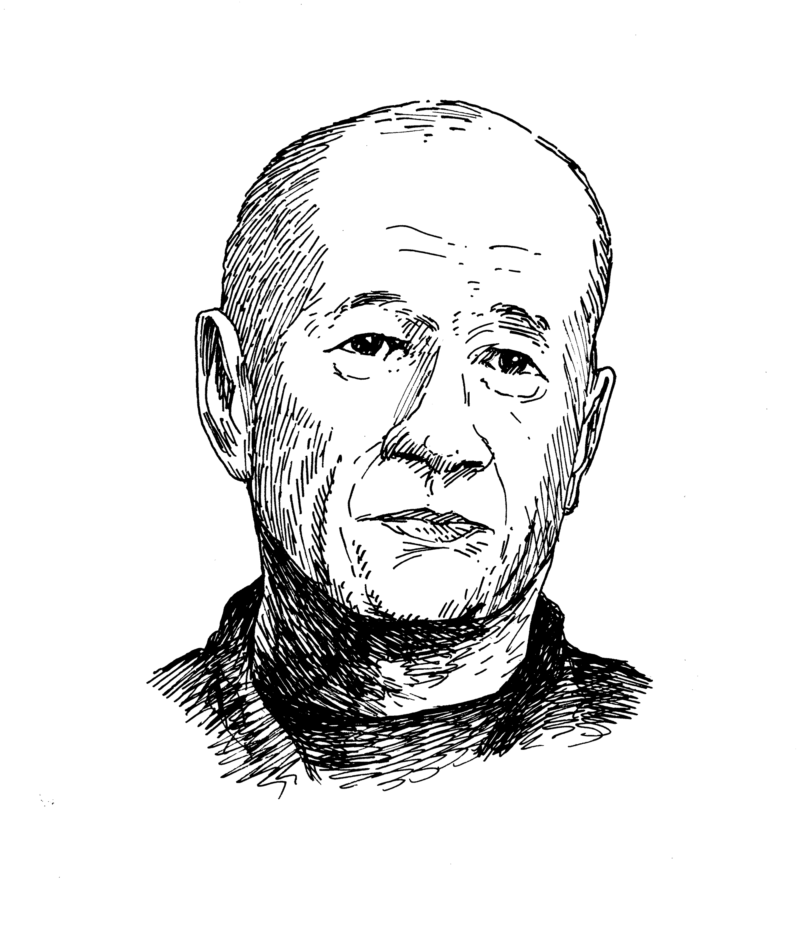On September 30, 1978, a then-unknown artist named Tehching Hsieh locked himself in a cage he built in his Tribeca, New York, loft and remained sealed inside for 365 days. Cage Piece, as the work became popularly known, was the first of five extraordinary and grueling one-year performance works Hsieh made between 1978 and 1986: Time Clock Piece, a year during which he punched a time clock on the hour every hour; Outdoor Piece, a year spent without shelter; Rope Piece, a year spent tied to another artist, Linda Montano; and No Art Piece, a year in which he abstained entirely from making and engaging in anything related to art. In 1986, Hsieh announced he would spend the next thirteen years making art but not showing it publicly (a project known as Thirteen Year Plan); he emerged on the first day of the year 2000 to release a simple statement: “I kept myself alive.”
Born in Nanzhou, Taiwan, Hsieh arrived in the US in 1974 as an undocumented immigrant after slipping off an oil tanker near Philadelphia and hailing a taxi for New York City. For decades Hsieh remained on the fringes of the art world as a somewhat enigmatic and legendary figure. While championed early on by alternative-arts spaces like Exit Art and Franklin Furnace, Hsieh’s work did not receive mainstream recognition until 2008, with the publication of Out of Now: The Lifeworks of Tehching Hsieh, a monograph created in collaboration with the art critic Adrian Heathfield, followed by shows at MoMA and the Guggenheim Museum in New York, and in South Korea, Australia, Brazil, and the UK. In 2017, Hsieh represented Taiwan at the Venice Biennale.
You have reached your article limit
Sign up for a digital subscription and continue reading all new issues, plus our entire archives, for just $1.50/month.
Already a subscriber? Sign in





